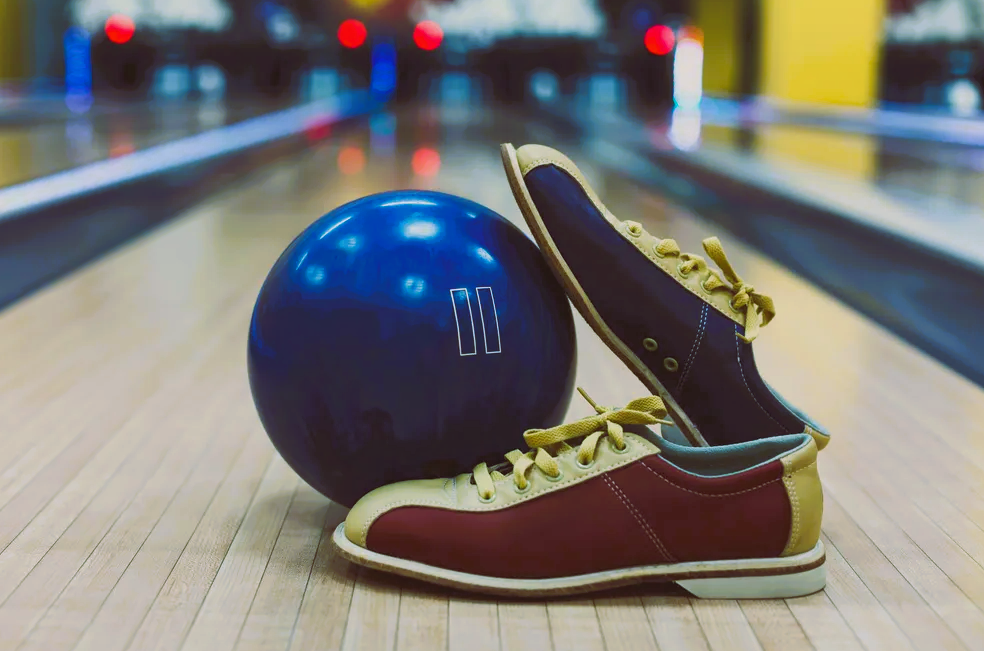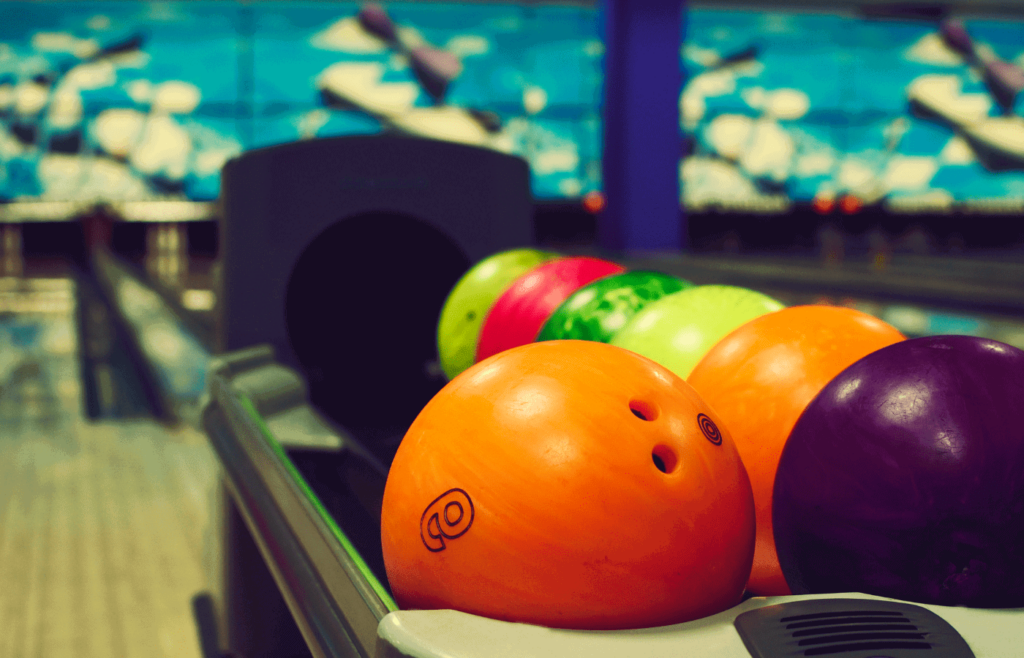
Understanding Bowling Ball Dynamics: A Guide to Improving Your Game
When it comes to the game of bowling, the dynamics of the bowling ball play a crucial role in determining your success on the lanes. From the core design to the coverstock material, various factors affect how the ball reacts as it travels down the lane. In this article, we will explore the key bowling ball dynamics you need to know to enhance your game and improve your scores.
- Core Design: The core of a bowling ball refers to its innermost weight block. Cores come in different shapes, including symmetrical and asymmetrical designs. Symmetrical cores offer a stable roll and are ideal for beginners or bowlers who prefer a consistent reaction. Asymmetrical cores, on the other hand, provide more angularity and hook potential, making them suitable for experienced bowlers looking for a stronger backend reaction. Understanding the core design of your bowling ball helps you predict its motion and make the necessary adjustments.
- Coverstock Material: The coverstock is the outer layer of the bowling ball, responsible for its contact with the lane surface. Coverstocks can be made of various materials, such as polyester, urethane, reactive resin, and particle. Polyester coverstocks offer a smooth and straight roll, making them popular choices for spare shooting. Urethane coverstocks provide increased hook potential and control, making them suitable for medium to dry lane conditions. Reactive resin and particle coverstocks offer even more hook potential and are often preferred by competitive bowlers on heavier oil patterns. Understanding the characteristics of different coverstock materials helps you select the right ball for specific lane conditions.
- Surface Finish: The surface finish of a bowling ball also affects its performance. Balls can have a polished, sanded, or textured surface. A polished surface allows the ball to glide through the front part of the lane with less friction, providing a longer and more skid-dominated motion. A sanded or textured surface increases the ball’s traction on the lane, resulting in an earlier hook and a smoother overall motion. Adjusting the surface finish of your bowling ball can help you match it to the lane conditions and achieve the desired ball reaction.
- RG and Differential: RG (Radius of Gyration) and Differential are numerical values that describe the ball’s mass distribution and the potential for track flare. A higher RG indicates that the mass is distributed more towards the core’s center, resulting in a smoother and more controllable roll. A lower RG means that the mass is concentrated towards the coverstock, providing a faster response off the breakpoint. Differential measures the variation in RG from the ball’s x-axis to its y-axis, influencing the ball’s flare potential. Understanding these metrics can assist you in selecting a ball that suits your desired ball motion.

- Pin Placement and Layout: The pin placement and layout of a bowling ball refer to the position of the top weight block and the drilling layout used during ball drilling. The pin can be placed above, below, or in the middle of the bowler’s grip. The layout refers to the specific drilling pattern used to position the finger holes relative to the ball’s core. Pin placement and layout affect the ball’s roll and reaction. Experimenting with different pin placements and layouts can help you fine-tune your ball’s performance and tailor it to your playing style. Common mistakes in bowling, read more here.
- Lane Conditions: It’s essential to consider the lane conditions when selecting a bowling ball. Lane conditions can vary in terms of oil volume, oil pattern, and breakdown. Different ball dynamics are more effective on specific lane conditions. For example, a ball with high hook potential is suitable for heavy oil patterns, while a ball with a smoother roll may be better for lighter oil conditions. Understanding how the dynamics of your ball interact with the lane conditions allows you to make the necessary adjustments to optimize your performance.
- Skill Development: While understanding the dynamics of a bowling ball is crucial, it’s equally important to develop your skills as a bowler. Proper technique, consistent delivery, and accurate targeting significantly impact your success on the lanes. Even with the most advanced bowling ball, without sound fundamentals and skillful execution, achieving consistent results will be challenging. Invest time in practicing your footwork, arm swing, release, and targeting to maximize your potential and take full advantage of your bowling ball’s dynamics.
In conclusion, comprehending the dynamics of a bowling ball is essential for any bowler looking to improve their game. By understanding the core design, coverstock material, surface finish, RG and Differential values, pin placement and layout, and considering the lane conditions, you can select the right ball and make the necessary adjustments to optimize your performance. Remember, skill development and practice go hand in hand with the equipment, so focus on improving your technique alongside understanding the ball dynamics. With dedication and knowledge, you can elevate your bowling game to new heights.
